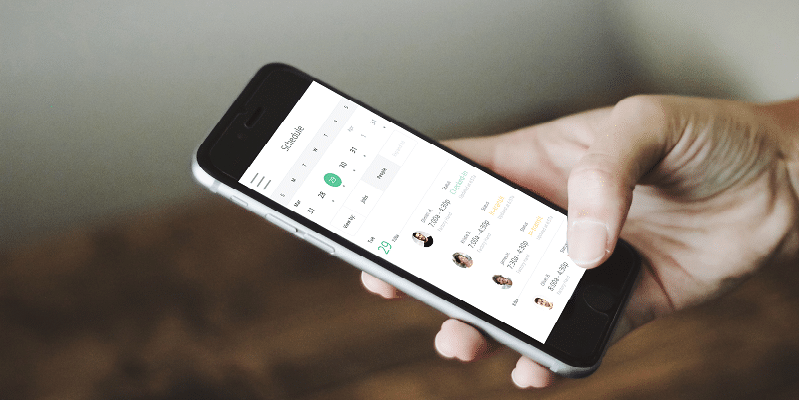
Are Employee Self Service systems really empowering staff?
Autonomy is one of the most difficult things to gain at work, and yet among the most crucial in order to succeed at employee engagement. So, can employee self service technology, for example HR apps and other employee self service apps, really help?
You might think the answer boils down to specific jobs or industries, but there are universal truths that span sectors. No member of staff wants to feel like a drone, logging in and out of software with no human interaction. Yet, as Ed Hinschen, CEO of Roubler explains, this doesn’t have to be the outcome of rolling out employee self service technology.
“Our aim at Roubler is not to take away human interaction, it’s to allow the administrative part of work to be done quickly so that people can spend more time working and interacting together instead of doing paperwork,” says Hinschen.
“The culture of an organisation has a huge influence on how staff view technology – if staff know that the door to the HR department is always open for a chat and support, they’ll feel less like drones and more empowered by the technology given to them.”
Few could deny there has been a rise in the use of social technologies in the workplace as a means of aiding the collaboration of ideas, organising rotas and other staff management duties. Which can be either a good or bad thing depending on the platforms being used, and often it’s the simplest options that offer the best results.
But while there can be few questions as to the benefits of networks and systems, companies tread a fine line between asking employees to spend a reasonable time on employee self service apps and making them use such software to a point where it can have a negative impact on their mental health.
“Spending too much time on technology and social media is absolutely a concern for mental health and wellbeing, However, HR apps and technology for employees should be designed to be used quickly and easily to complete admin tasks, like we’ve done with the Roubler app, so engagement time is intentionally limited,” Hinschen explains.
“The ultimate outcome achieved by engagement with apps like Roubler, is that the employee gains control of their work life without the complexity that comes with paper based processes.”
One of the biggest concerns management may have is not so much staff feeling alienated by the use of employee self service apps in general, but rather these negative feelings becoming more prominent among specific demographics that are stereo-typically less technologically-minded. After all, in 2019 many companies still have staff that remember the pre-digital age working alongside digital natives.
“There is an age divide in terms of comfort with technology, but it all comes down to how difficult the technology is to use. The more complex, the less empowered people will feel,” says Hinschen.
“With technology that is simple to use — the Roubler app only has six essential functions— and the right training and education, that divide can be closed. We don’t recommend a dual approach as it can lead to inconsistencies in processes and data.”
All of which brings us to the question of what apps and technology Hinschen would recommend to companies in order for them to successfully ensure staff are engaged and, more importantly, empowered, rather than leaving them feeling undervalued and ignored?
“There are two types of technology that truly make a difference to engagement – employee self service, and communication apps. Employee self service technology gives staff control over their own details and allows them to access important information like payslips, rosters and leave balances when it’s convenient to them.
“Messaging and communication apps – whether it’s for specific teams or whole of organisation – are brilliant at keeping staff informed about company successes, events, training and announcements on the go.”
Learn more about our Employee Self Service technology.